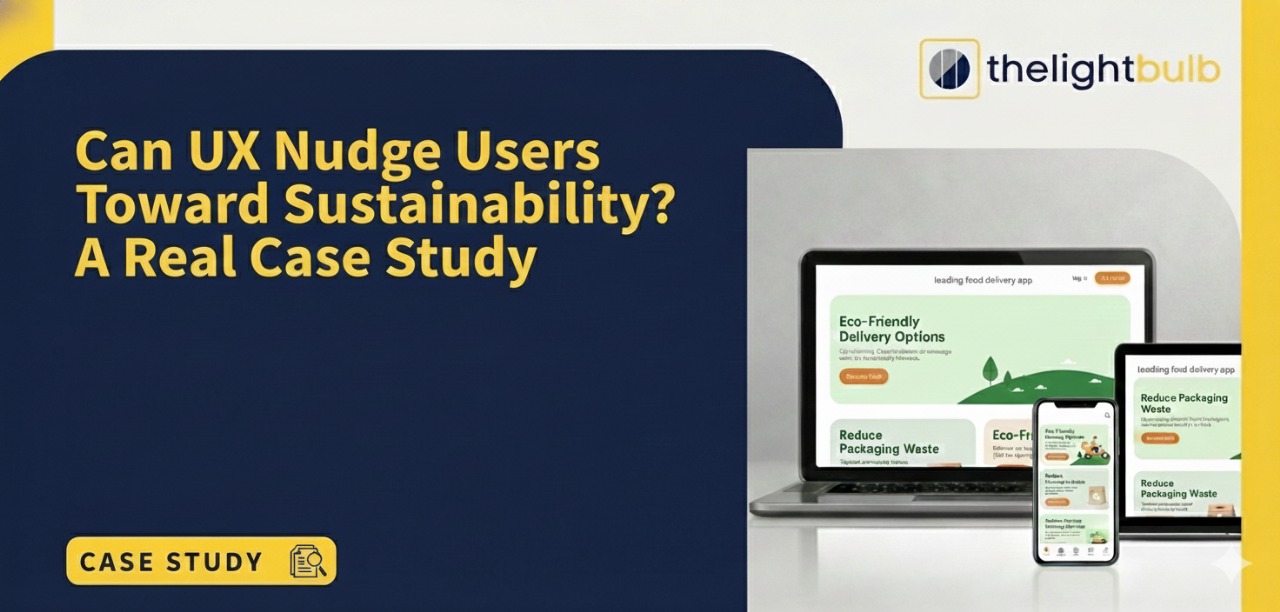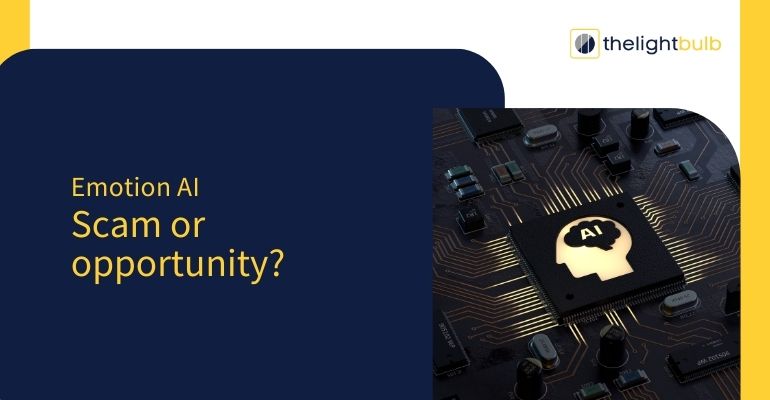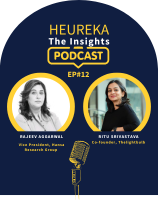
Market research has a simple objective to understand customer and market trends. However, this simple aim involves a number of complex processes. As these processes keep on evolving, a number of new terminologies keep adding to market research list while several old one fade out. Here is a list for you to keep a track on top market research terminologies.
- Artificial Intelligence (AI): The use of computer systems to perform tasks that typically require human intelligence, such as data analysis and predictive modelling.
- Big Data: Large and complex datasets that are analyzed to extract valuable insights and patterns.
- Blockchain: A distributed ledger technology that can be used to securely and transparently record and verify transactions and data.
- Brand Awareness: The level of recognition and familiarity that consumers have with a brand.
- Brand Perception: How consumers view and associate with a brand.
- Chatbot: An AI-powered application that can engage in text or voice-based conversations with users, often used for customer support and data collection.
- Clickstream Analysis: The tracking and analysis of user click behaviour on a website or application.
- Cluster Analysis: A statistical technique used to group data points or respondents with similar characteristics.
- Competitive Analysis: The process of evaluating and comparing a business’s competitors, including their strengths, weaknesses, and market share.
- Competitive Intelligence: The collection and analysis of information about a company’s competitors.
- Conjoint Analysis: A statistical technique used to determine how consumers value different attributes of a product or service.
- Consumer Behavior: The study of how individuals or groups make decisions and engage with products and services.
- Customer Journey Mapping: The process of creating a visual representation of the customer’s interactions with a brand, product, or service.
- Customer Persona: A detailed profile of an ideal customer based on demographics, behaviour, and preferences.
- Customer Relationship Management (CRM): A technology system that helps companies manage interactions and relationships with customers and potential customers.
- Customer Satisfaction: The level of contentment and fulfilment that customers experience with a product or service.
- Data Analysis: The process of examining and interpreting data to draw conclusions and make informed decisions.
- Data Analytics: The process of examining, cleaning, transforming, and modelling data to uncover useful information, draw conclusions, and support decision-making.
- Data Cleaning: The process of identifying and correcting errors or inconsistencies in research data.
- Data Collection: The process of gathering information through various research methods.
- Data Mining: The process of discovering patterns, correlations, or information in large datasets.
- Data Reliability: The consistency and stability of data over time.
- Data Validity: The extent to which data accurately represents the concept it is intended to measure.
- Data Visualization: The use of charts, graphs, and other visual representations to convey data insights.
- Data Visualization Tools: Software and applications that transform data into visual representations, making it easier to understand and interpret.
- Demographics: Statistical data about a population, including age, gender, income, and education level, are often used in market research to define target audiences.
- Desk Research: The process of reviewing existing literature and data sources to inform research.
- Emotion AI: also known as Affective Computing, is a branch of artificial intelligence (AI) that focuses on the development of technologies and systems capable of recognizing, interpreting, and responding to human emotions.
- Focus Group Discussion: A small, structured discussion with participants to gather opinions, attitudes, and insights about a product or service.
- Heatmap Analysis: The use of heatmap software to visualize and understand user interactions with a website or application.
- Hypothesis: A testable statement or assumption made before conducting research.
- IoT (Internet of Things): The network of physical devices, vehicles, and other objects embedded with sensors and software that can connect and exchange data.
- Machine Learning: A subset of AI that involves the development of algorithms that enable systems to learn and improve from data without explicit programming.
- Margin of Error: The range within which the true population value is likely to fall, given the results of a survey or study.
- Market Forecast: A projection of future market conditions and trends based on historical data and analysis.
- Market Penetration: The percentage of a target market that a company captures with its products or services.
- Market Research: The process of gathering, analyzing, and interpreting data about a market, including information about consumers, competitors, and the industry as a whole.
- Market Research Brief: A document that outlines the objectives, scope, and expectations of a market research project.
- Market Research Ethics: Guidelines and principles that govern the ethical conduct of market research.
- Market Research Instrument: The tools and methods used to collect data, such as surveys, interviews, and observations.
- Market Research Methodology: The systematic approach and techniques used to conduct market research.
- Market Research Report: A comprehensive document that presents the findings and insights from a market research study.
- Market Segmentation: The division of a market into distinct groups of consumers with similar needs, characteristics, or behaviours.
- Market Share: The portion of a market’s total sales or revenue that a particular company or product holds.
- Market Trends: Long-term changes in a market, including shifts in consumer behaviour and preferences.
- Observational Research: The practice of observing and recording behaviour in a natural setting without direct intervention.
- Online Surveys: Surveys conducted through web-based platforms to collect data from online respondents.
- Pilot Study: A small-scale research project conducted to test and refine research methods and instruments.
- Predictive Analytics: The use of data, statistical algorithms, and machine learning techniques to identify the likelihood of future outcomes or trends.
- Primary Data: Data collected directly by the researcher for a specific purpose.
- Primary Research: Collect original data directly from individuals or groups, often through surveys, interviews, or observations.
- Psychographics: The study of consumers’ psychological and emotional characteristics, such as attitudes, values, and lifestyle preferences.
- Qualitative Coding: The process of categorizing and organizing qualitative data for analysis.
- Qualitative Data: Non-numeric data that provides insights into consumer behaviour, opinions, and attitudes.
- Qualitative Interview: In-depth conversations with individuals to explore their perspectives and experiences.
- Qualitative Research: Research that seeks to understand the underlying reasons, motivations, and opinions of individuals through non-numerical data.
- Quantitative Data: Numeric data that can be measured and analyzed statistically.
- Quantitative Research: Research that involves collecting numerical data and using statistical analysis to draw conclusions.
- Questionnaire: A structured set of questions used to collect data from survey respondents.
- Response Rate: The percentage of people who participate in a survey or study.
- Sampling Bias: A bias that occurs when the sample used in research is not representative of the population.
- Sampling: The process of selecting a representative subset of a population for research purposes.
- Secondary Data: Data that has been collected by others for a different purpose but can be used in research.
- Secondary Research: The analysis of existing data, often obtained from government reports, industry publications, and academic studies.
- Sentiment Analysis: The use of natural language processing and text analysis to determine the sentiment or emotional tone in text data, often used to gauge consumer opinions.
- Social Media Listening: The use of social media monitoring tools to gather insights about consumer opinions, trends, and sentiment.
- Survey: A research method that collects data from individuals through structured questionnaires or interviews.
- SWOT Analysis: An assessment of a business’s strengths, weaknesses, opportunities, and threats, often used in market research to inform strategy.
- Target Audience: The specific group of consumers to whom a product or service is designed and marketed.
- Trend Analysis: The study of patterns and changes in consumer behaviour and market dynamics over time.
- User Experience (UX) Research: The study of how users interact with digital products and services to improve their usability and satisfaction.












